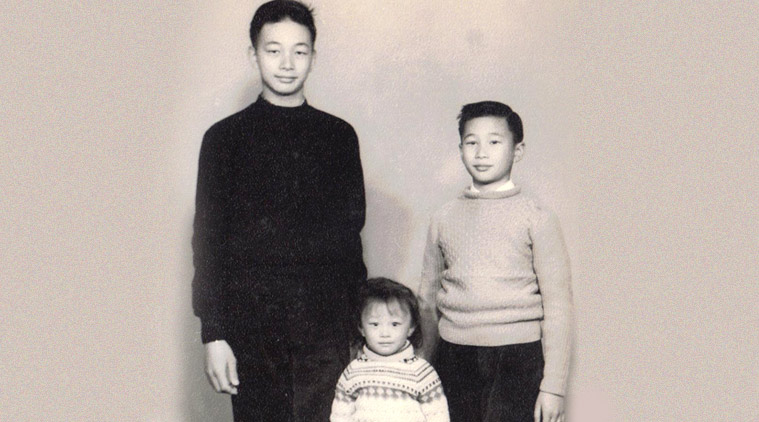Why concentration camps are still with us / Notes on putting humans in camps - three lessons from 1962
Mass internment camps did not begin or end
with the Nazis – today they are everywhere from China to Europe to the US. How
can we stop their spread? By Daniel Trilling
At the start of the
21st century, the following things did not exist. In the US, a large network of
purpose-built immigration prisons, some of which are run for profit. In western
China, “political education” camps designed to hold hundreds of
thousands of people, supported by high-tech surveillance. In Syria,
a prison complex dedicated to torture and mass execution... In north-east India, a detention centre capable of holding 3,000 people who may have
lived in the country for decades but are unable to prove they are citizens. In
Myanmar, rural encampments where thousands of people are being forced to
live on the basis of their ethnicity. On islands and deserts at the
edges of wealthy regions – Greece’s Aegean islands, the Negev Desert in Israel,
the Pacific Ocean near Australia, the southern Mediterranean –
various types of large holding centres for would-be migrants.
Family portrait: Joy Ma (centre, above) with her siblings Lyndem and William
The scale and purpose
of these places vary considerably, as do the political regimes that have
created them, but they share certain things in common. Most were established as
temporary or “emergency” measures, but have outgrown their original stated
purpose and become seemingly permanent.
Most exist thanks to a mix of legal
ambiguity – detention centres operating outside the regular prison system, for
instance – and physical isolation. And most, if not all, have at times been
described by their critics as concentration camps. We tend to associate
the idea of concentration camps with their most extreme instances but
the disturbing truth is that concentration camps have been widespread
throughout recent history...What shopping malls were to India in the 1990s, detention camps may be in the 2020s. Few and far-flung at the start of the decade, but everywhere by the end — the essential feature of a decade’s political economy, given form in brick and tile. In both cases, pioneering designs already existed: In Assam, detention centres for undocumented people have existed since at least 2010. Outside Bengaluru, the first camp in the state of Karnataka had its wall white-washed by the final week of 2019. And earlier, too, Indians have been forcibly held in camps, especially during war.
In the 1960s, after
the short-lived Sino-Indian border war, three thousand people were taken from
their homes and into captivity in a camp in Deoli, on the edge of the desert in
Rajasthan. In The Deoliwallahs: The True Story of the 1962
Chinese-Indian Internment, Joy Ma and Dilip D’Souza collect their stories
and reveal the practical and ethical facets of that exercise, all of which
could not be more relevant to us today.
https://indianexpress.com/article/express-sunday-eye/lives-interrupted-6344520/'We were indifferent to the horror': Nazi camp inmate to give testimony at trial
“It would give me closure if this trial
helps the next generation of Germans, of Poles, of all Europeans, to learn a
lesson when it comes to the revival of fascism, racism and xenophobia.”
see also

